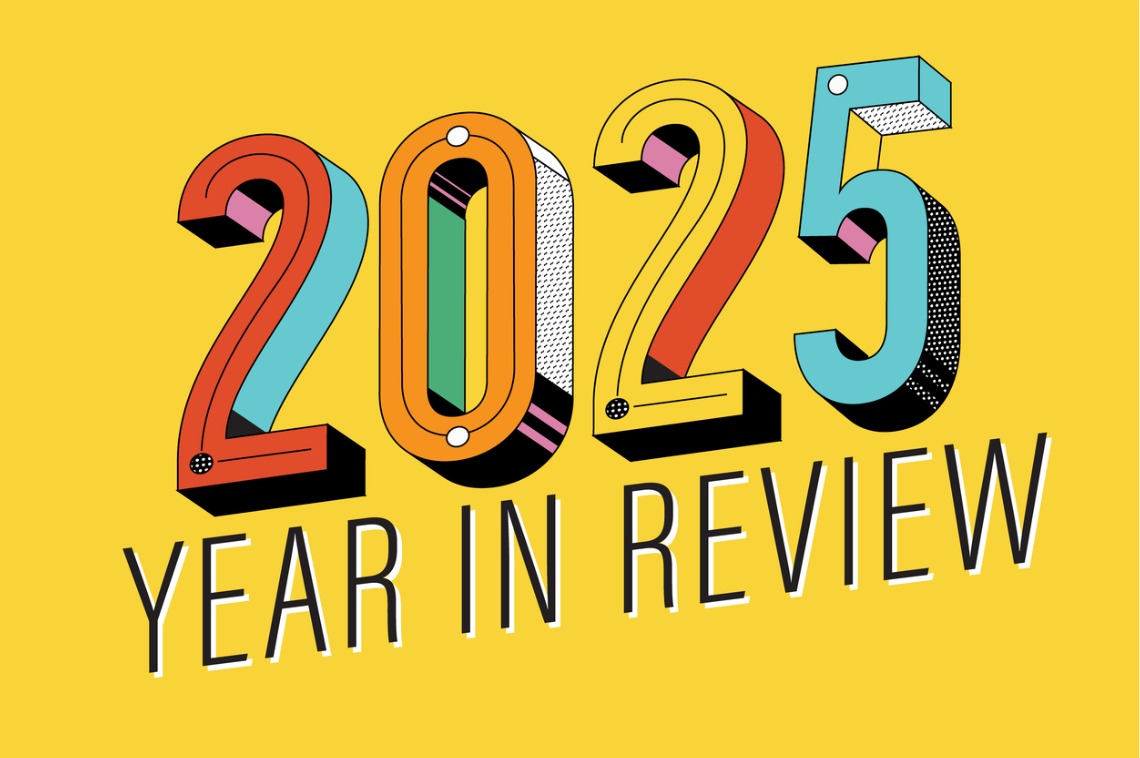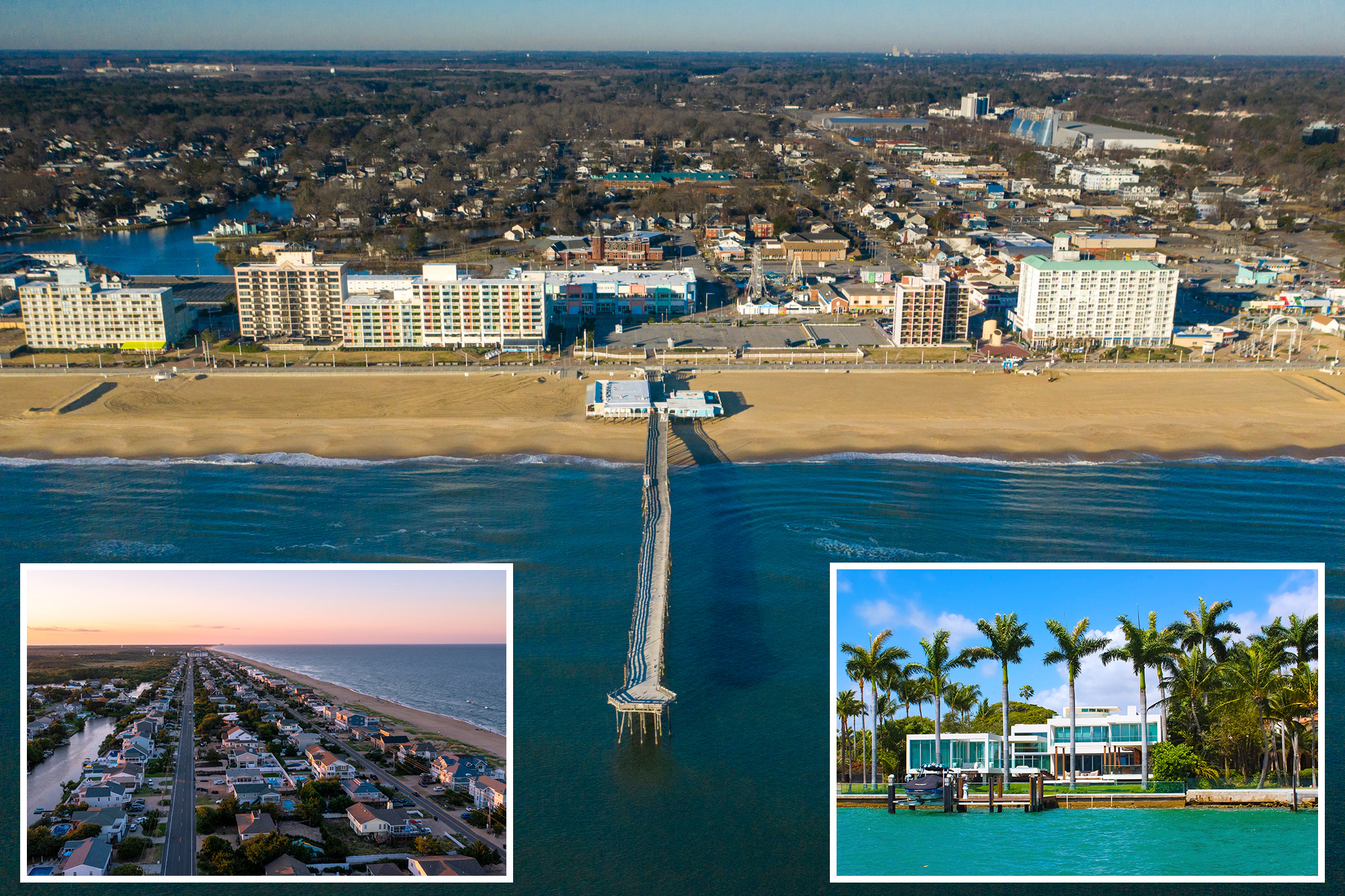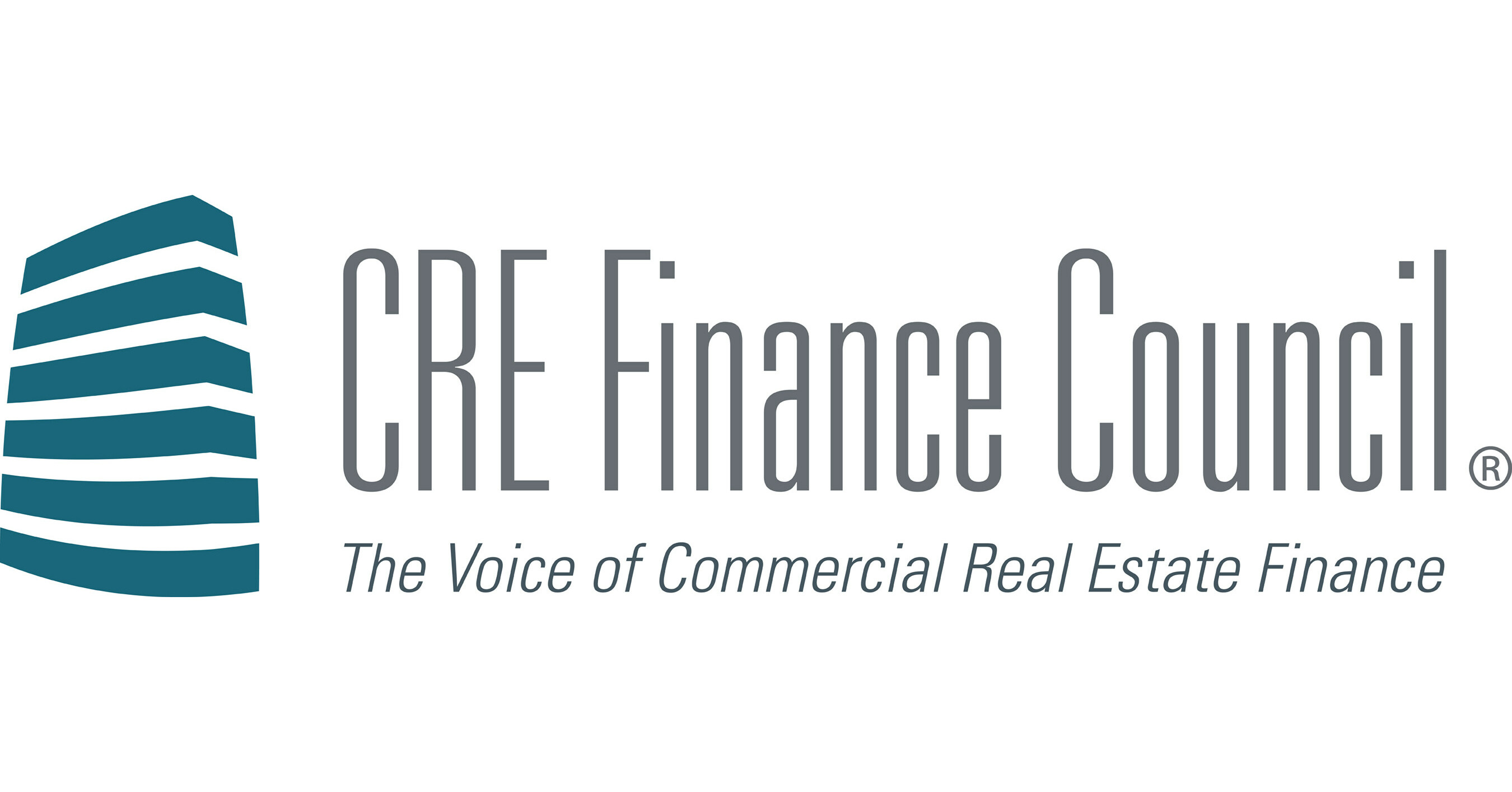M
ortgage demand has surged to its highest level in four years, driven by a record weekly drop in rates. Freddie Mac’s chief economist, Sam Khater, noted that the decline in borrowing costs has prompted buyers to act, with purchase applications hitting a 4‑year peak in year‑over‑year growth. The Mortgage Bankers Association reported a 7% week‑over‑week increase in purchase applications, and a 23% rise compared to the same week last year.
Rates fell for a second straight week after Treasury yields slipped amid a softer labor market, according to MBA economist Joel Kan. “The rate drop triggered the strongest borrower demand since 2022, boosting both purchase and refinance filings,” Kan said. While rates are still above last year’s levels, they have eased from earlier highs. Many buyers are opting for adjustable‑rate mortgages (ARMs), which offer lower initial rates than 30‑year fixed loans, providing additional relief.
The Federal Reserve is set to meet on September 17, with a broad expectation of a short‑term rate cut. Although Fed policy does not directly set mortgage rates, changes can ripple through the market. “A Fed Funds rate reduction could cascade into mortgage rates, but the effect isn’t immediate or one‑to‑one,” said Jessica Lautz, NAR deputy chief economist. Economists anticipate that a weaker job market may prompt several Fed rate cuts in the coming months. Lawrence Yun, NAR’s chief economist, added that long‑term rates, including mortgages, are already approaching 12‑month lows, expanding the pool of eligible buyers. He believes lower rates could revitalize the spring and summer housing market, which has been dampened by higher borrowing costs.
Recent national averages for the week ending September 11 show 30‑year fixed‑rate mortgages at 6.35%, down from 6.50% the previous week, and 15‑year fixed‑rate mortgages at 5.50%, down from 5.60%. For comparison, 30‑year rates averaged 6.20% last year, and 15‑year rates averaged 5.27%.















